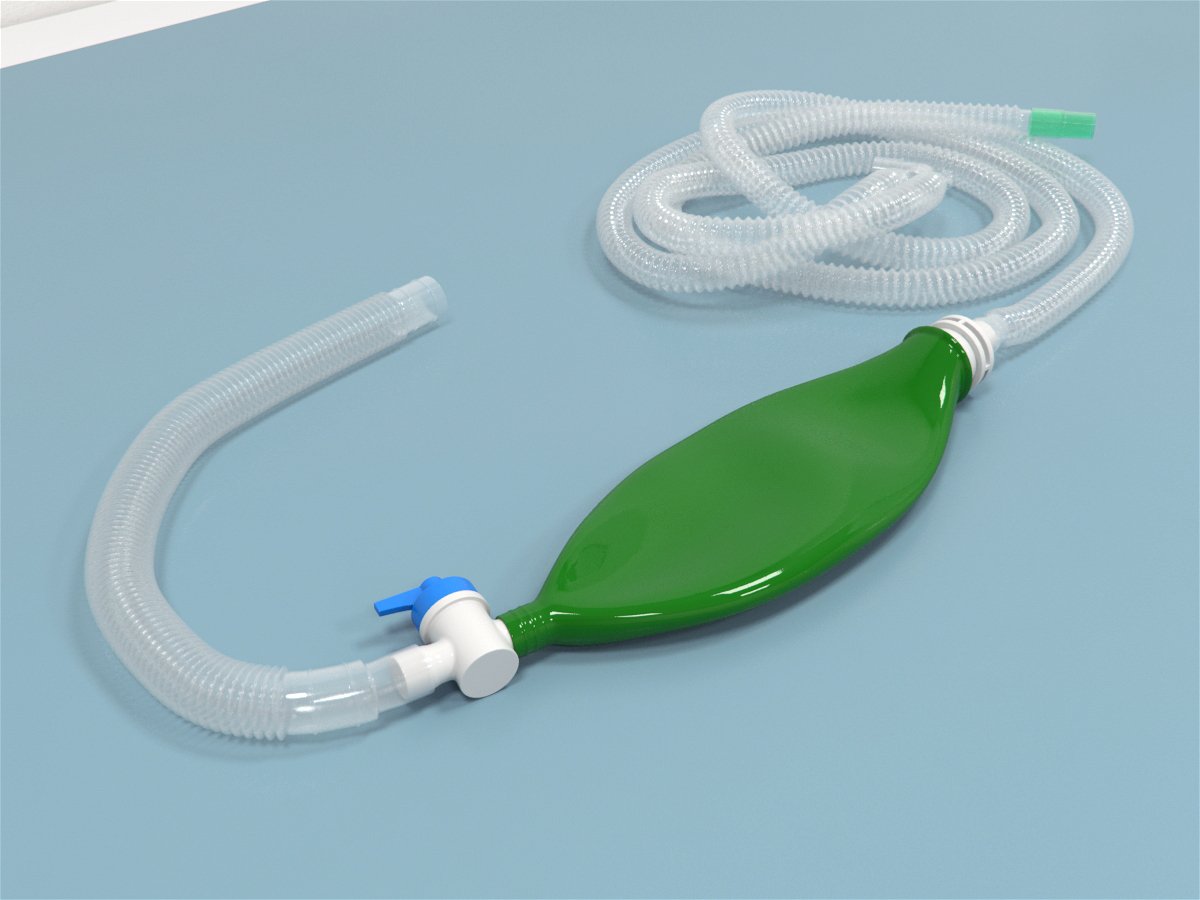Non rebreathing mapleson breathing circuits.
Non rebreathing circuit anaesthesia.
Click on the thumbnail or on the underlined text to see the larger version 136 kb.
These circuits do not use a soda lime canister but instead use specially designed circuits and a higher fresh gas flow to remove carbon dioxide.
This is normally achieved by using the fresh gas flow from the anaesthetic machine to direct the expired gases out of the circuit via a valve or other arrangement.
20 40 ml kg min of oxygen flow rate suitable for most clinical circumstances.
All non rebreathing nrb circuits lack unidirectional valves and soda lime carbon dioxide absorption.
At this point gases exiting the vaporizer go directly to a hose for delivery to the patient with no inhalation flutter valve.
Non rebreathing circuits are designed to deliver oxygen and anesthetic gases with less resistance to breathing in small patients under 10 lbs 7 kg.
This brief summary of the two most popular anesthesia circuits currently in use is intended as an easy reference to simplify and explain the strengths and advantages of both systems.
In this circuit oxygen flows through a flow meter and into the vaporizer.
Thus the amount of rebreathing is highly dependent on fresh gas flow fgf in all.
Veterinary anesthesia circuits explained non rebreathing circuit nrb bain the non rebreathing circuit is a physically simpler system.
10 20 ml kg min of oxygen flow rate.
Greater than 40 ml kg min of oxygen flow rate.
Less control of anesthetic depth than non rebreathing circuit.
Veterinary anesthesia circuits explained.

